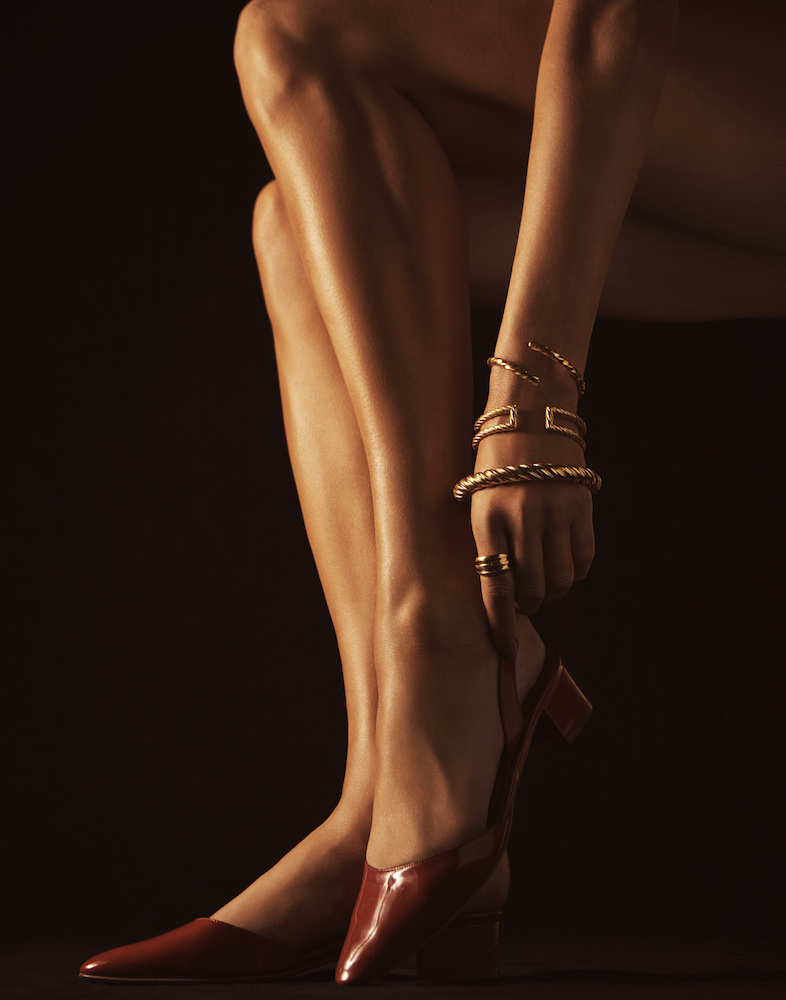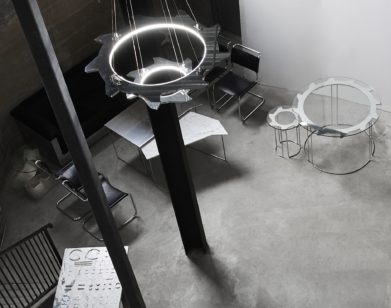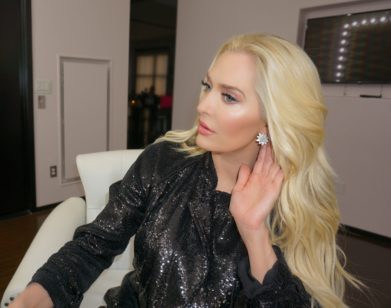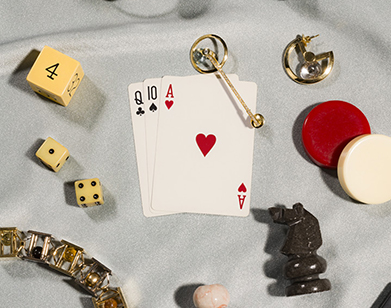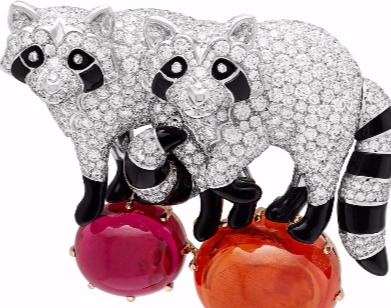Menē is the jewelry collection quite literally worth its weight in gold
Diana Widmaier Picasso, art historian and granddaughter of legendary painter Pablo Picasso, is carrying on the family legacy in an unlikely way.
Last year, she took the creative helm of a new jewelry company operating under a pricing structure unusual for Western consumers. Co-founded with Roy Sebag, the Menē business model is one of transparency, where the price of each gold or platinum piece is calculated according to its weight in grams, and the market value of the precious metals that day.
The aesthetic focuses entirely on unassuming, architectural solid gold or platinum styles absent of gemstones or fussy embellishments. Picasso, as the chief artistic officer behind all creative, like campaigns or design concepting, admitted that while she initially believed using only two materials would limit design possibilities, it’s turned out to be a fascinating, even metaphysical experience.
In fact, the Paris native has come to believe that each Menē item is immortal, embedded with the spirit of those who touch it.
GAYDUK: Tell me about the origins of Menē.
PICASSO: We started the brand about a year ago and, since we started with gold, we wanted the collection to be about gold: something that links a timeless design with Egyptian, Greek, and Roman inspiration. We wanted to create something, which was—I don’t like to say simple—but something that was very pure.
GAYDUK: Does your background in art history influence the designs at all?
PICASSO: Yes, it’s been a dialogue with the designer and also craftsmen because as you know there’s a manufacture that allows us to produce all of these designs. So as an art historian I was interested in the challenge of working with a material that has been used for millennia. In fact, what comes to my mind, when I started art history I went to the museum of archaeology outside of Paris, in Saint Germain En Laye. And you can see the very first tools that were created by human beings…they were already using gold [in these amazing, functional ways]. I very much like things that are not too decorative, but that really have a function and then, the jewelry becomes part of your body.
GAYDUK: And is there an art period that feels particularly inspirational to you?
PICASSO: I’ve always been fascinated by old chains, the jewelry that appears in the early renaissance, particularly on the Germans. You see these women with magnificent pieces of, like, velvet and then above it you see chains and the gold is just so admirable, the way that it’s shiny and the profound color. You see the way the color of the skin enhances the beauty of gold. So probably that part, like early German renaissance.
GAYDUK: Why did you decide to price the jewelry line in a way that’s so unique to the American marketplace?
PICASSO: The starting point was a unique material, gold, which is often diluted. So we really started from the material and then sculpting that 24-pure-karat gold led us to a better understanding of what the price should be. Therefore, we worked really hard on the craftsmanship and manufacturing, but we also realized that what is most valuable of all is the prime material so I think it’s in order to give respect to the material that we decided to stick to the weight of the gold.
GAYDUK: Would you consider using materials besides pure gold or platinum in the future? Precious stones, perhaps?
PICASSO: I think the idea is really to deal with the purest and the rarest forms of material, like platinum or gold. So for the moment, I think we’re very satisfied with the results we obtained with those. We might think of ornaments in the future or maybe using other elements like leather or something else, but I think we want to stick to that purity.
GAYDUK: What is the best part about starting this venture?
PICASSO: It’s a great adventure to be part of a new concept. It’s not just the brand—it’s actually a concept. It’s based on an idea that we found both beautiful and democratic, and that was really the point that I connected with because in a way when you have works of art in a family, it’s important to me to keep it in the family. I think that there was a time when people would keep jewelry, and would pass it from one generation to another generation and our aim is to revive that ancient tradition because it’s important to pass on, maybe I feel this way because I just had a child. To own something that has been touched by different generations is very moving and spiritual.
DISCOVER THE COLLECTION HERE.

